Eyelid Surgery
The Pinch Blepharoplasty
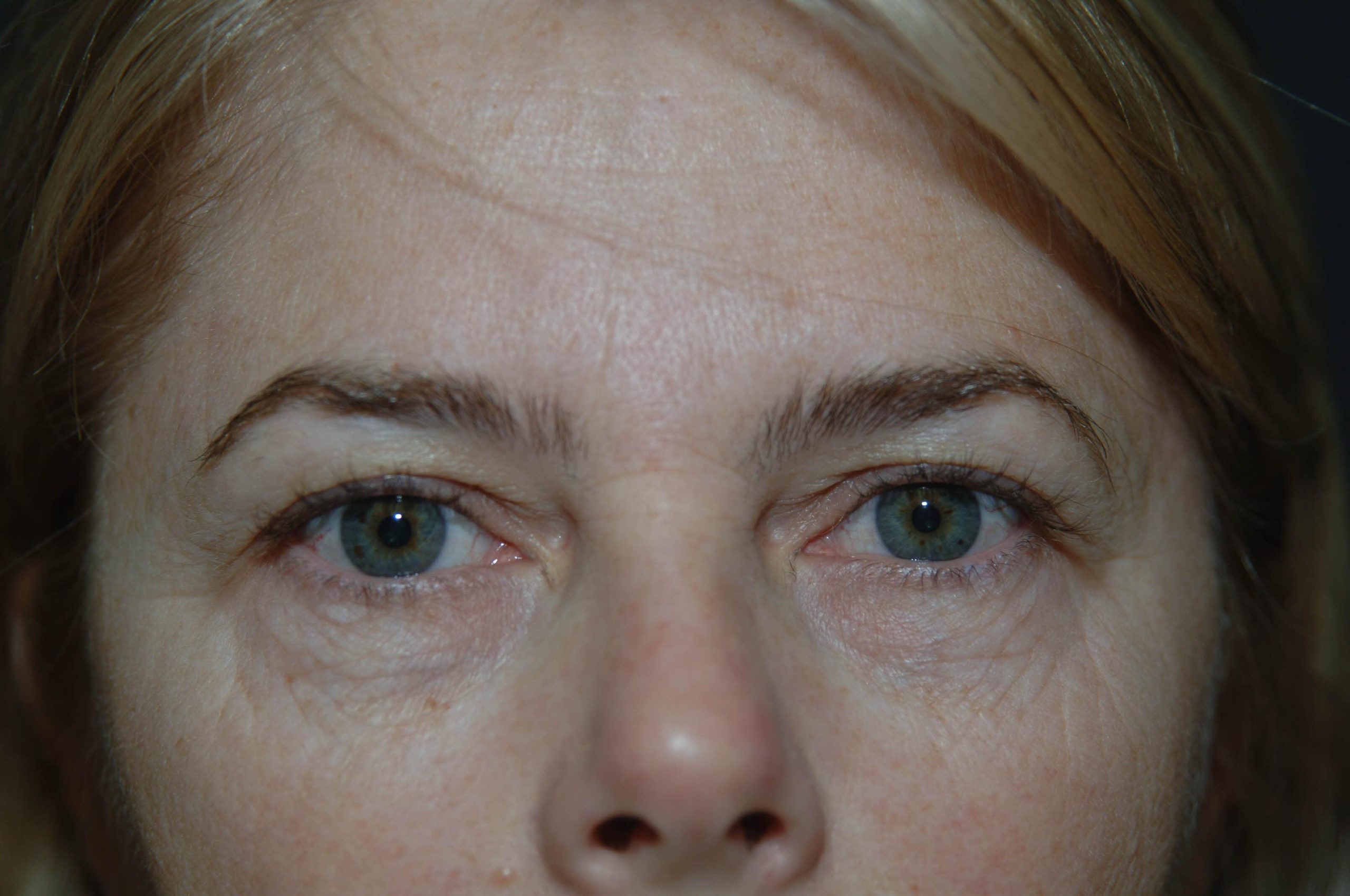

To ensure patient confidentiality, before and after photos are shown only during consultations. Schedule your personalized appointment with Dr. Rosenfield or Dr. Wes today!
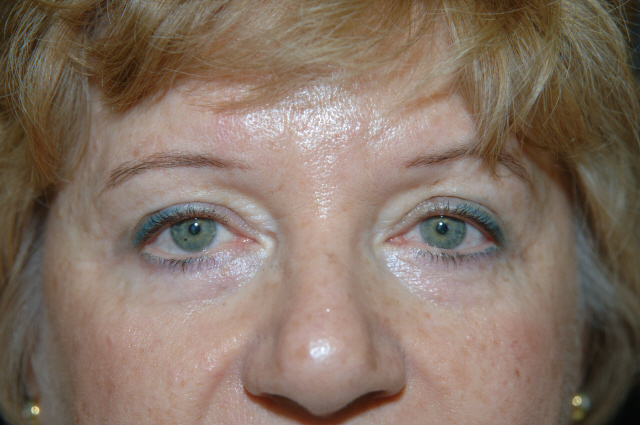

To ensure patient confidentiality, before and after photos are shown only during consultations. Schedule your personalized appointment with Dr. Rosenfield or Dr. Wes today!
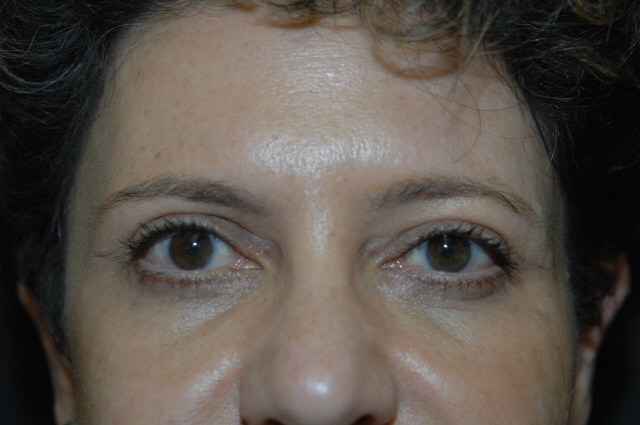

To ensure patient confidentiality, before and after photos are shown only during consultations. Schedule your personalized appointment with Dr. Rosenfield or Dr. Wes today!

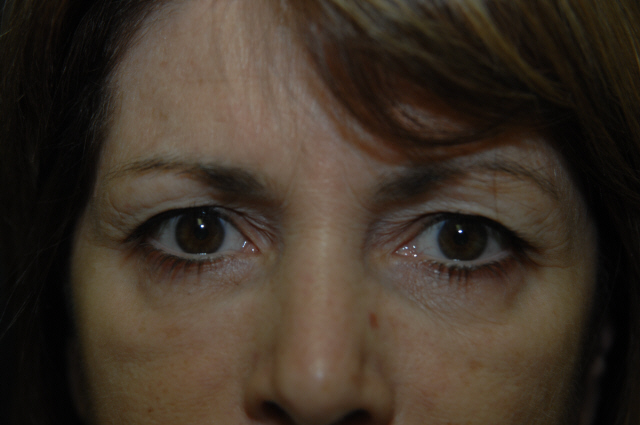
To ensure patient confidentiality, before and after photos are shown only during consultations. Schedule your personalized appointment with Dr. Rosenfield or Dr. Wes today!
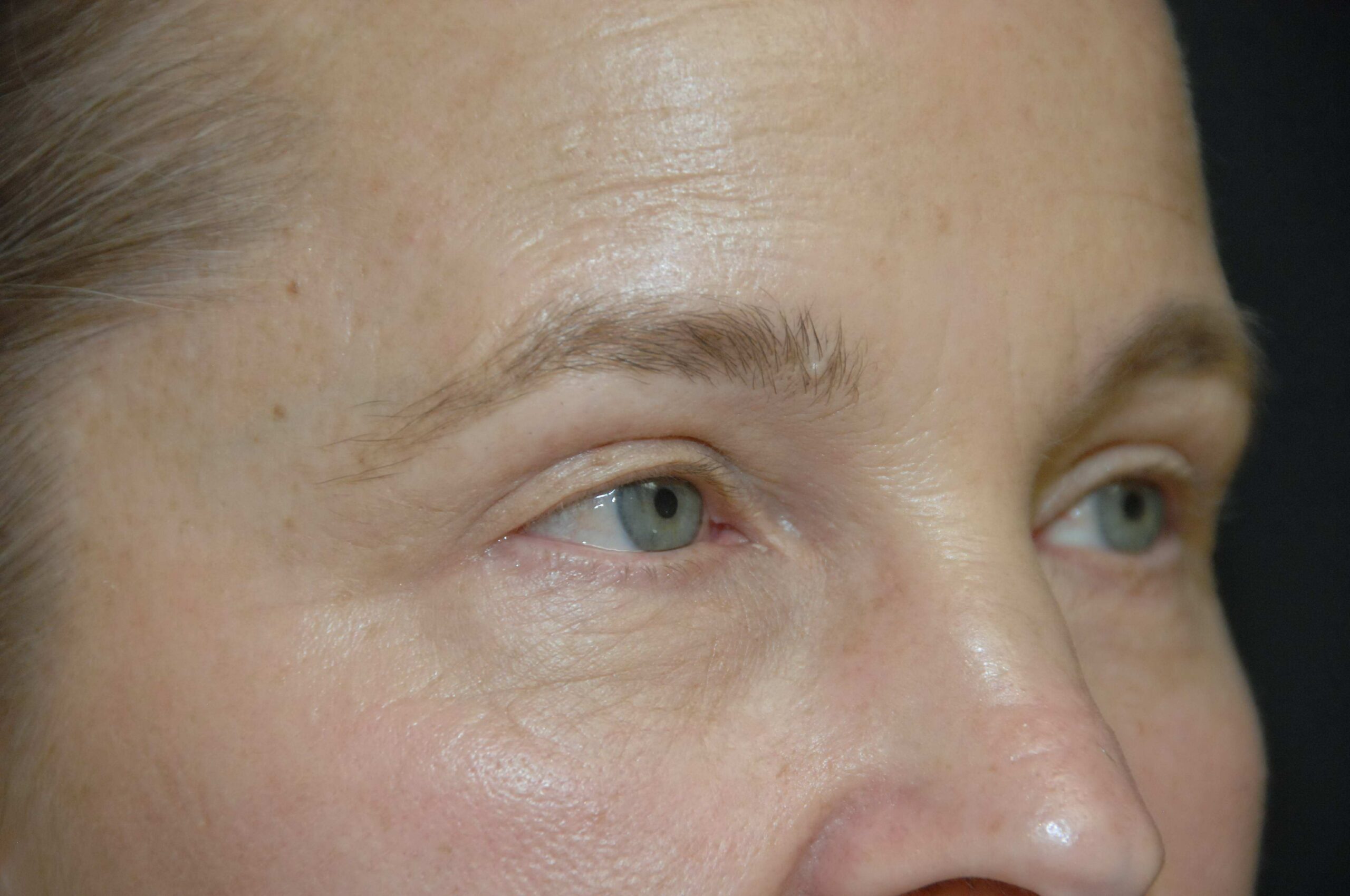

To ensure patient confidentiality, before and after photos are shown only during consultations. Schedule your personalized appointment with Dr. Rosenfield or Dr. Wes today!

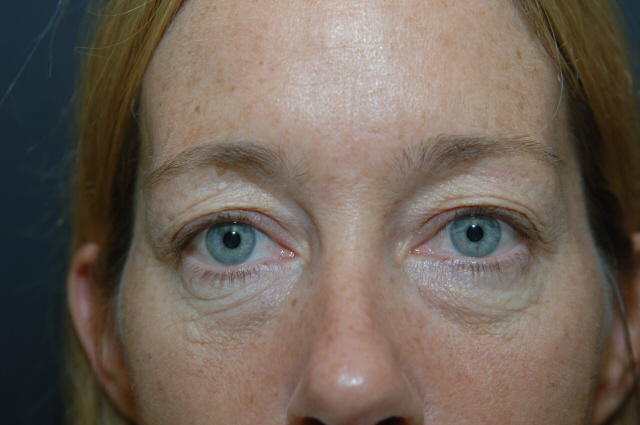
To ensure patient confidentiality, before and after photos are shown only during consultations. Schedule your personalized appointment with Dr. Rosenfield or Dr. Wes today!
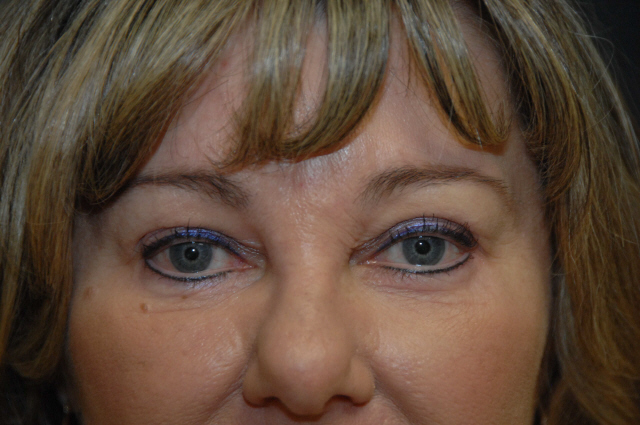

To ensure patient confidentiality, before and after photos are shown only during consultations. Schedule your personalized appointment with Dr. Rosenfield or Dr. Wes today!

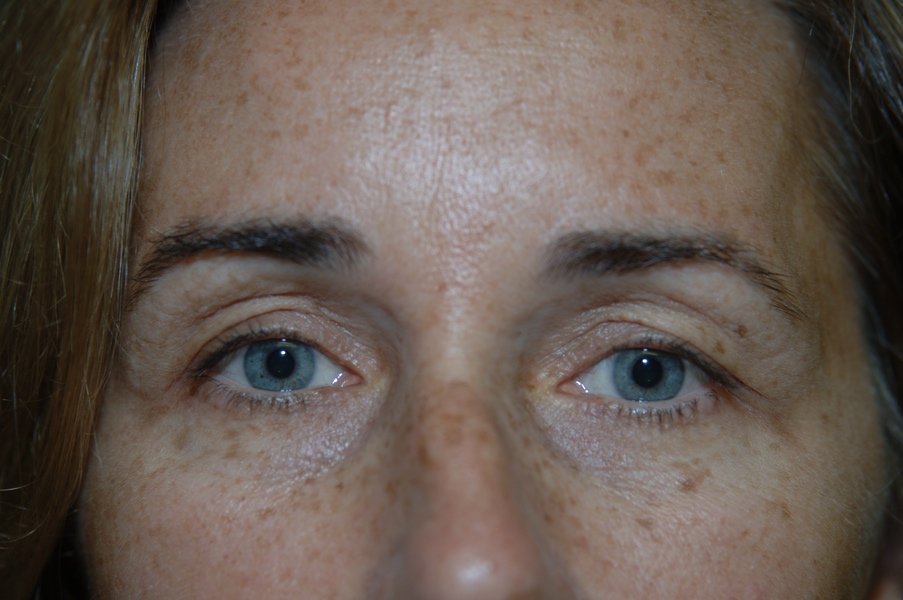
To ensure patient confidentiality, before and after photos are shown only during consultations. Schedule your personalized appointment with Dr. Rosenfield or Dr. Wes today!

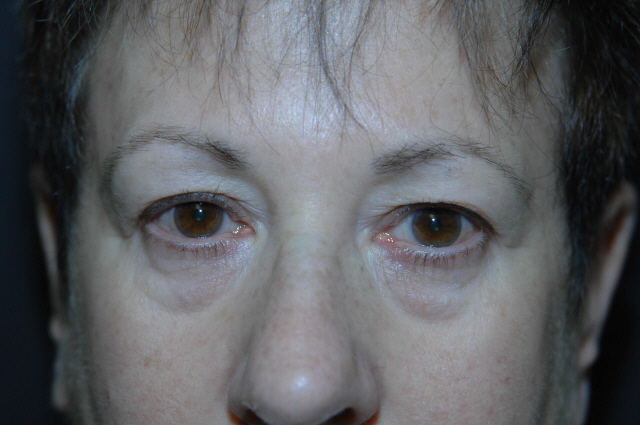
To ensure patient confidentiality, before and after photos are shown only during consultations. Schedule your personalized appointment with Dr. Rosenfield or Dr. Wes today!
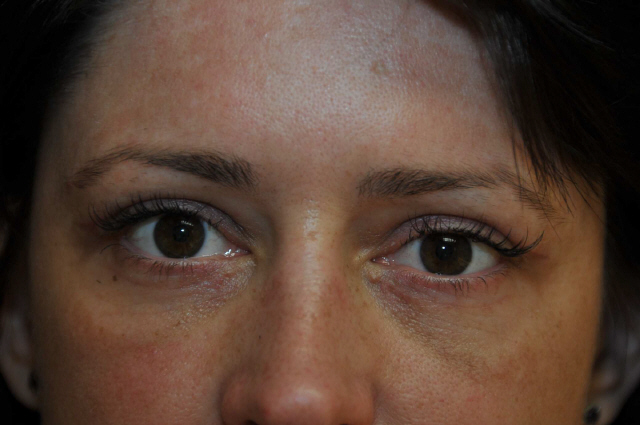
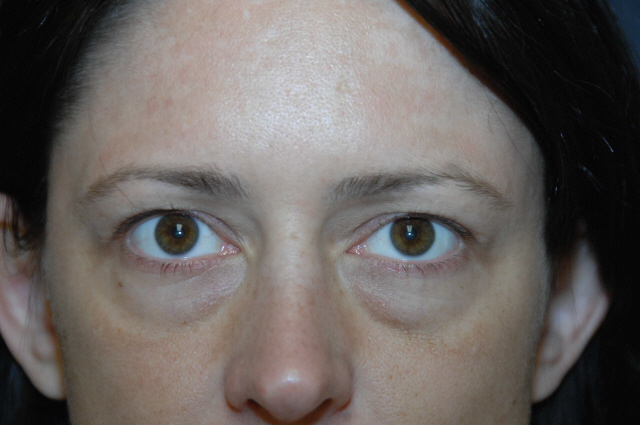
To ensure patient confidentiality, before and after photos are shown only during consultations. Schedule your personalized appointment with Dr. Rosenfield or Dr. Wes today!
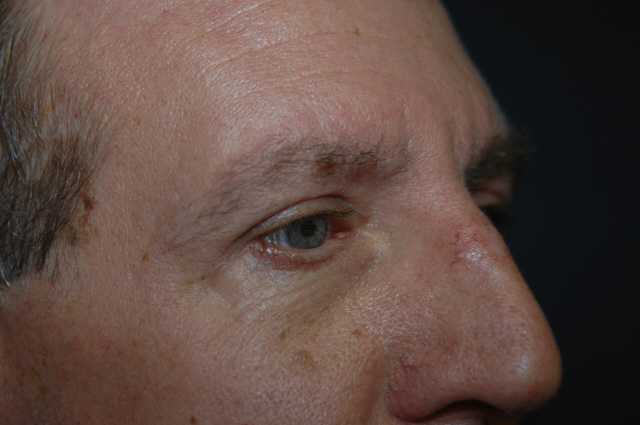

To ensure patient confidentiality, before and after photos are shown only during consultations. Schedule your personalized appointment with Dr. Rosenfield or Dr. Wes today!
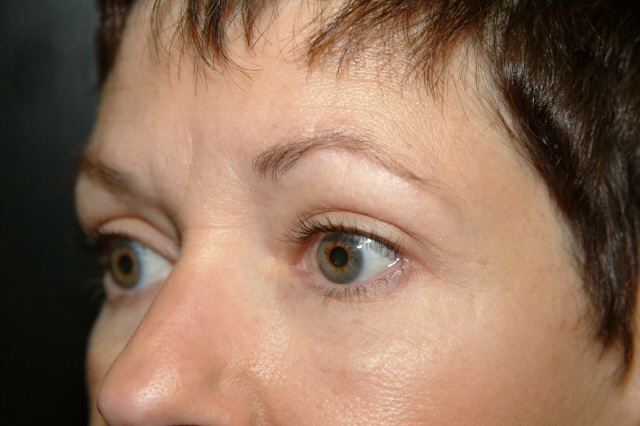

To ensure patient confidentiality, before and after photos are shown only during consultations. Schedule your personalized appointment with Dr. Rosenfield or Dr. Wes today!
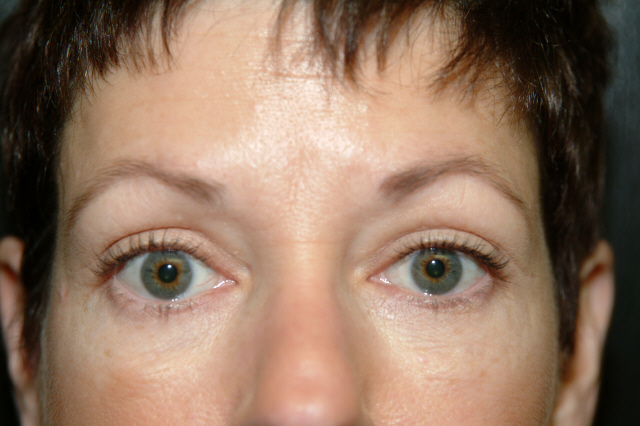
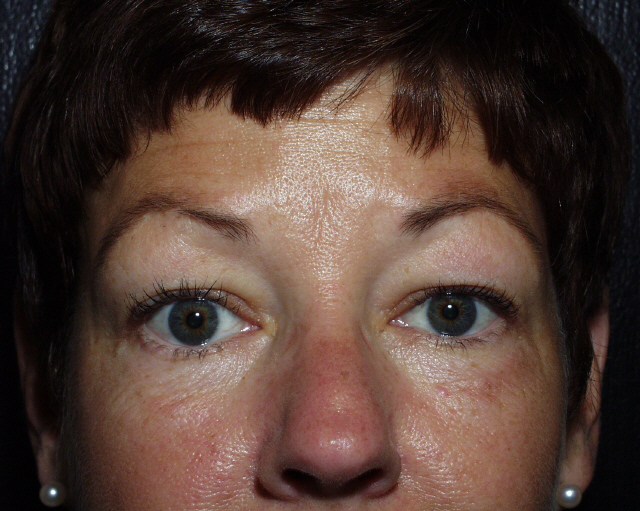
To ensure patient confidentiality, before and after photos are shown only during consultations. Schedule your personalized appointment with Dr. Rosenfield or Dr. Wes today!
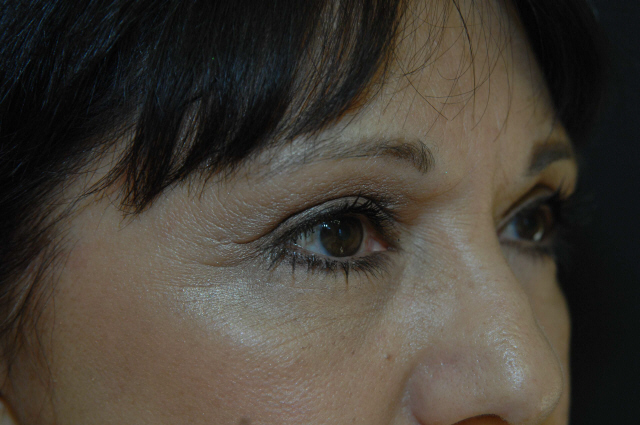
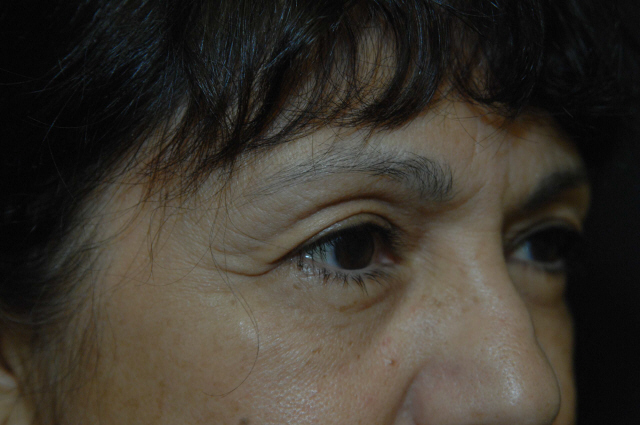
To ensure patient confidentiality, before and after photos are shown only during consultations. Schedule your personalized appointment with Dr. Rosenfield or Dr. Wes today!
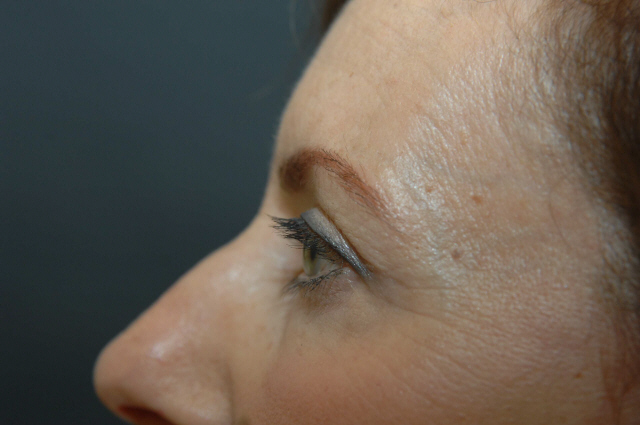
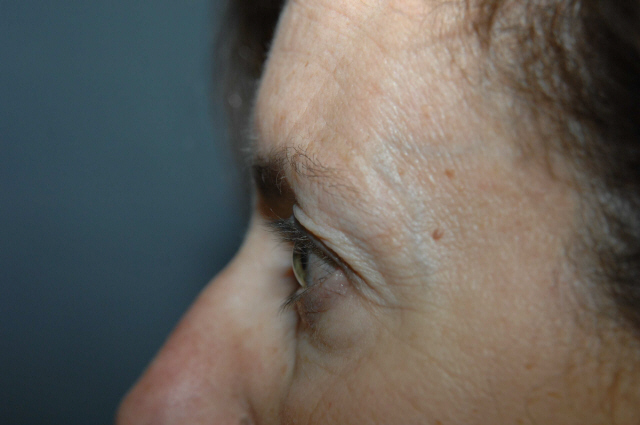
To ensure patient confidentiality, before and after photos are shown only during consultations. Schedule your personalized appointment with Dr. Rosenfield or Dr. Wes today!
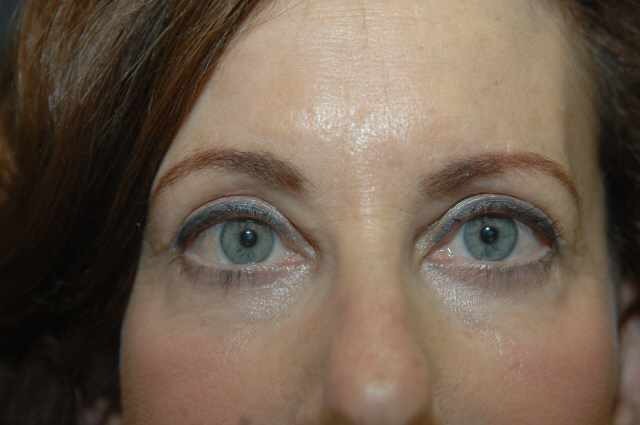
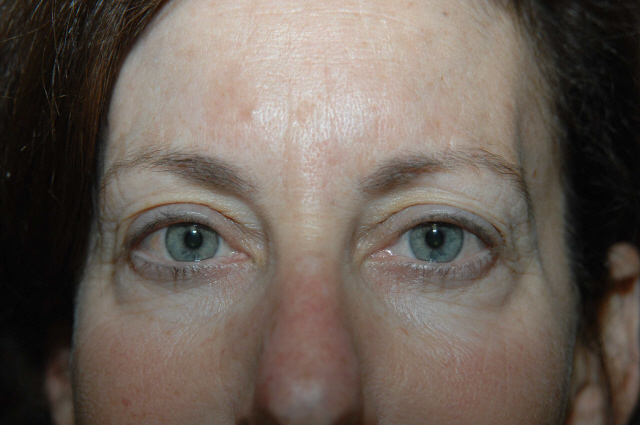
To ensure patient confidentiality, before and after photos are shown only during consultations. Schedule your personalized appointment with Dr. Rosenfield or Dr. Wes today!
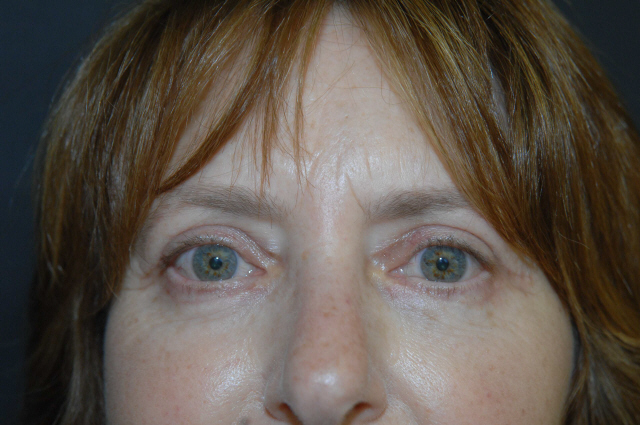
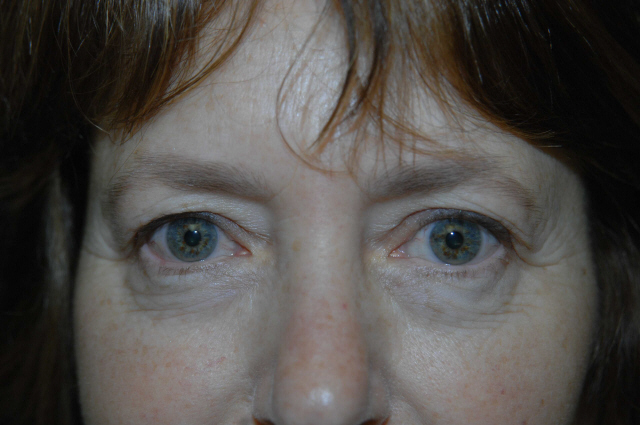
To ensure patient confidentiality, before and after photos are shown only during consultations. Schedule your personalized appointment with Dr. Rosenfield or Dr. Wes today!
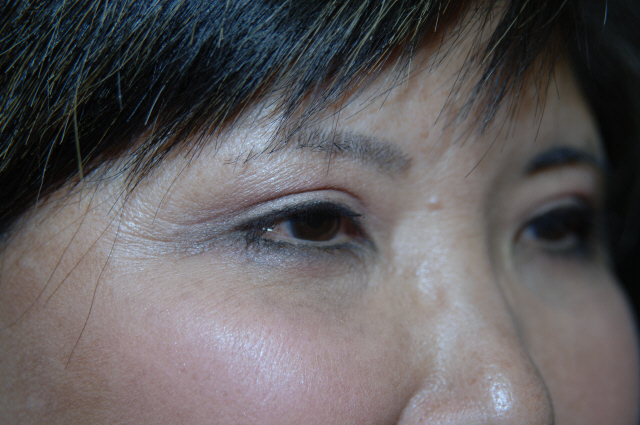

To ensure patient confidentiality, before and after photos are shown only during consultations. Schedule your personalized appointment with Dr. Rosenfield or Dr. Wes today!

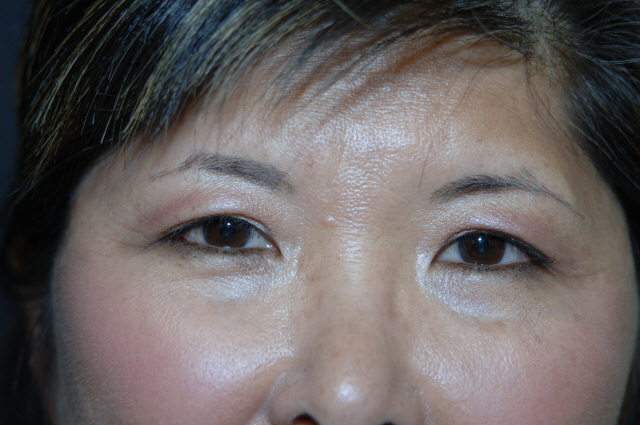
To ensure patient confidentiality, before and after photos are shown only during consultations. Schedule your personalized appointment with Dr. Rosenfield or Dr. Wes today!

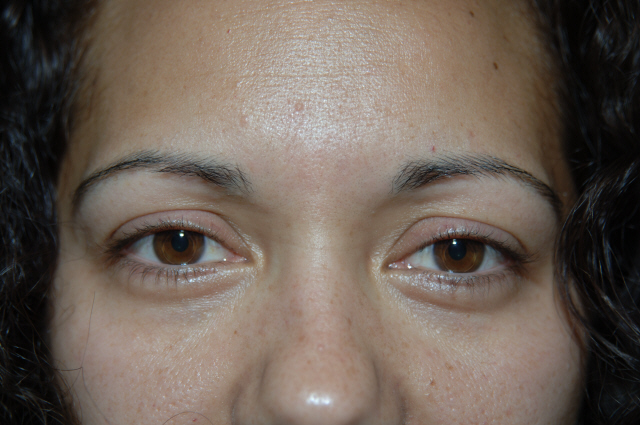
To ensure patient confidentiality, before and after photos are shown only during consultations. Schedule your personalized appointment with Dr. Rosenfield or Dr. Wes today!

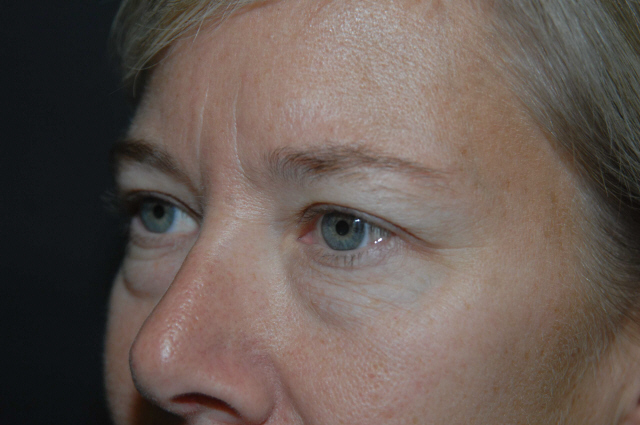
To ensure patient confidentiality, before and after photos are shown only during consultations. Schedule your personalized appointment with Dr. Rosenfield or Dr. Wes today!

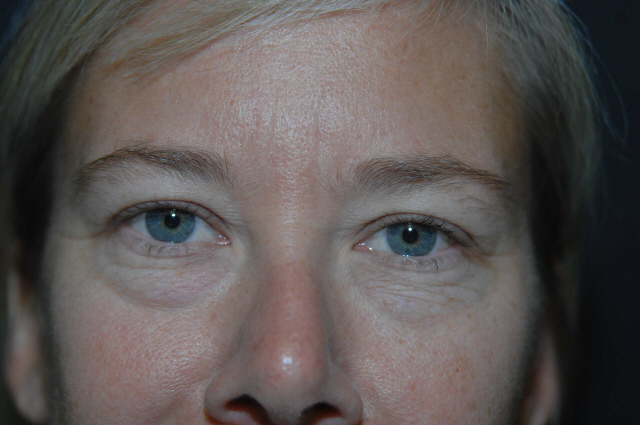
To ensure patient confidentiality, before and after photos are shown only during consultations. Schedule your personalized appointment with Dr. Rosenfield or Dr. Wes today!
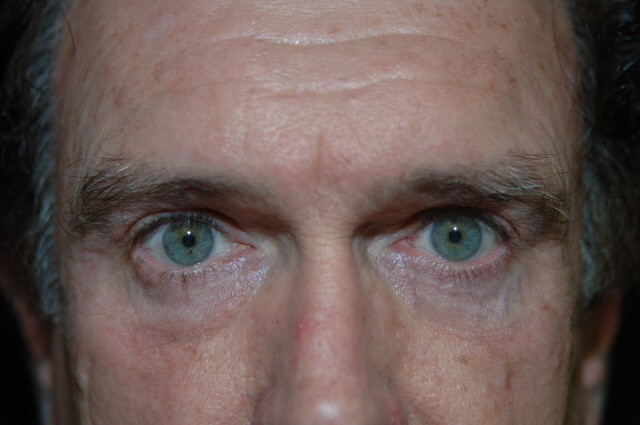
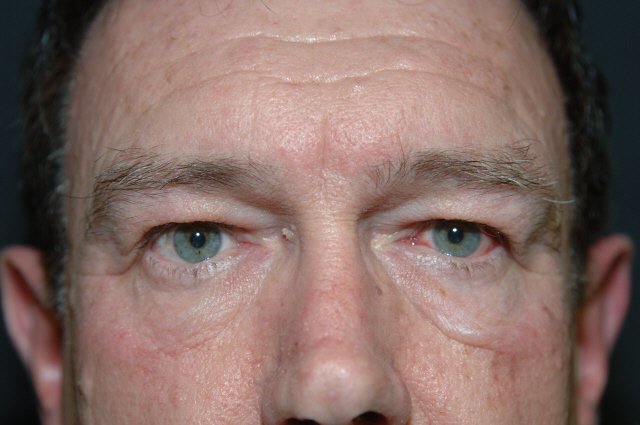
To ensure patient confidentiality, before and after photos are shown only during consultations. Schedule your personalized appointment with Dr. Rosenfield or Dr. Wes today!
The Pinch Blepharoplasty
The Traditional Approach:
The excess skin is removed from the upper eyelids and the fatty bags from the lower eyelids through a full thickness incision at the upper and lower eyelids. This is known as an eyelid lift or “Blepharoplasty”. Unfortunately, this technique can result in some “bowing” or rounding of the lower eyelid, giving the patient a “done” look
The Difference:
The Pinch Blepharoplasty Approach: This technique was expressly borne out of my dissatisfaction with the traditional approaches to eyelid rejuvenation. I like to say that the “pinch” ensures that the surgeon follow the well-established motto of every craftsperson: “Always measure twice and cut once”. In so doing, the Pinch Blepharoplasty promises the most accurate, robust, safe and swift-healing treatment of excess skin and fat possible, most impressively at the lower but also upper eyelid blepharoplasty. Again, as much as I may see this strategy as clearly better, its authentic value has been proven many times over through its widespread adoption by my colleagues worldwide.